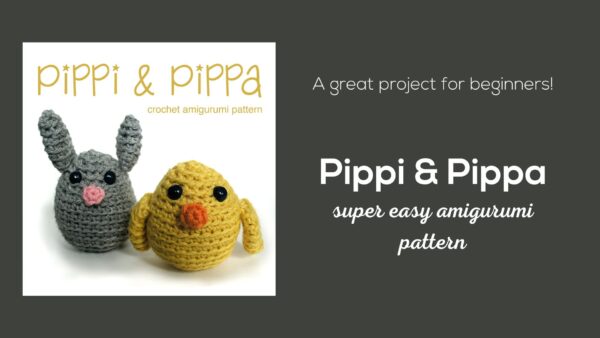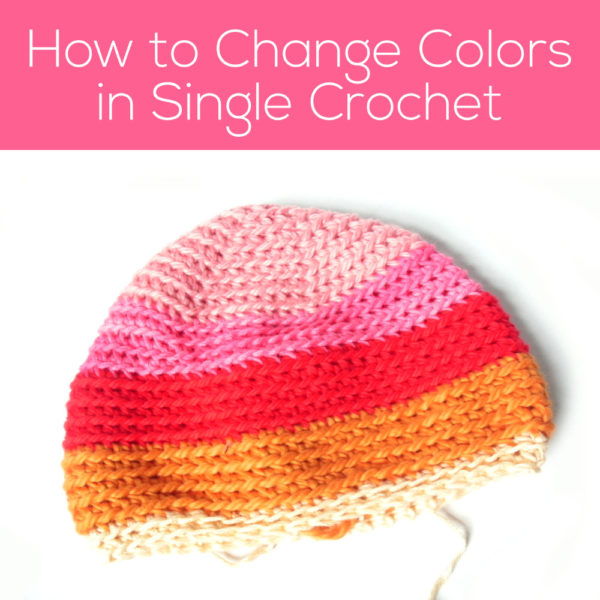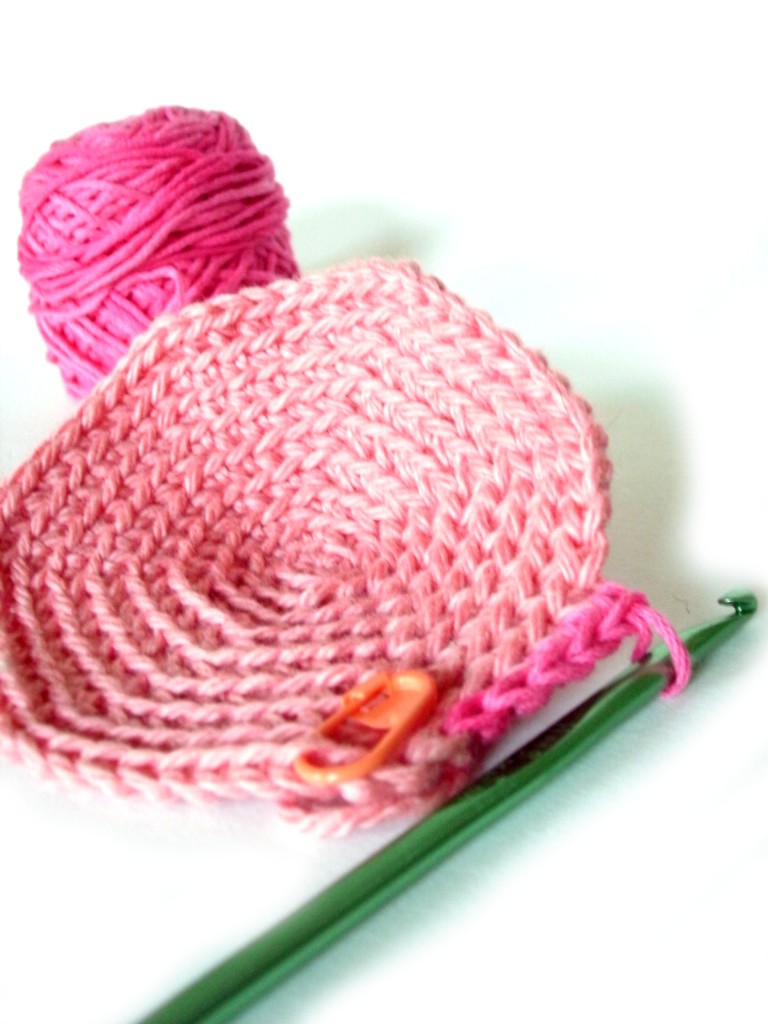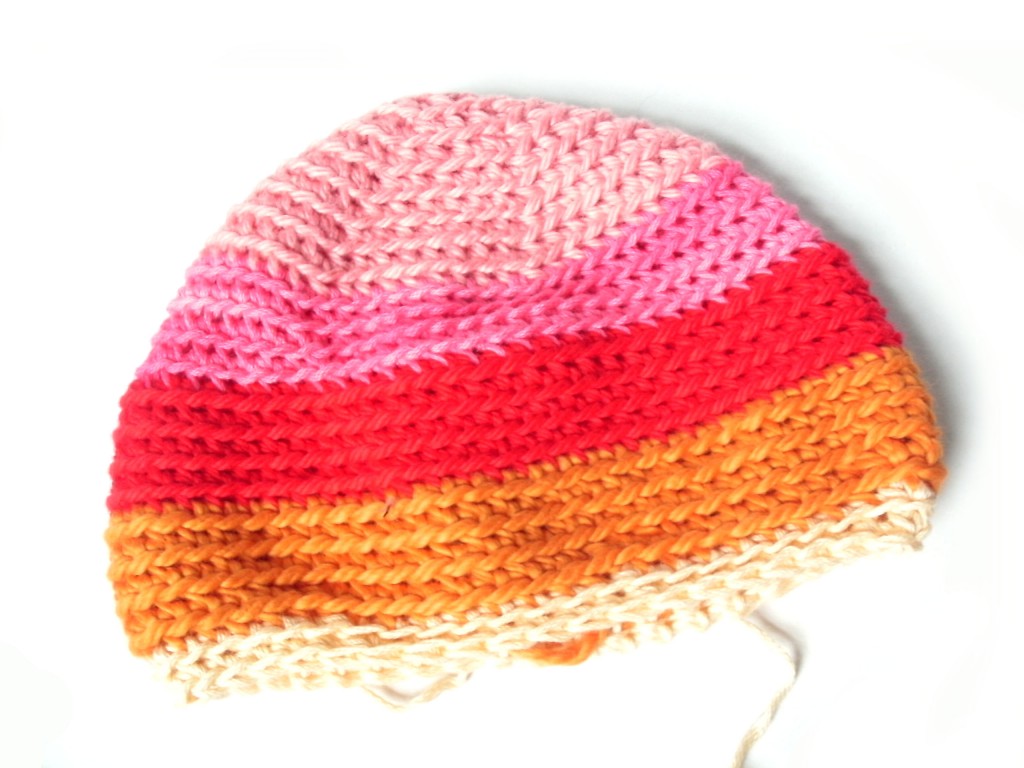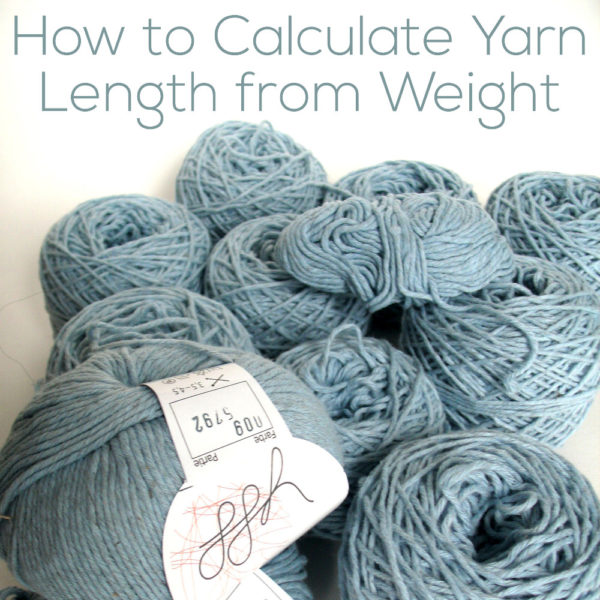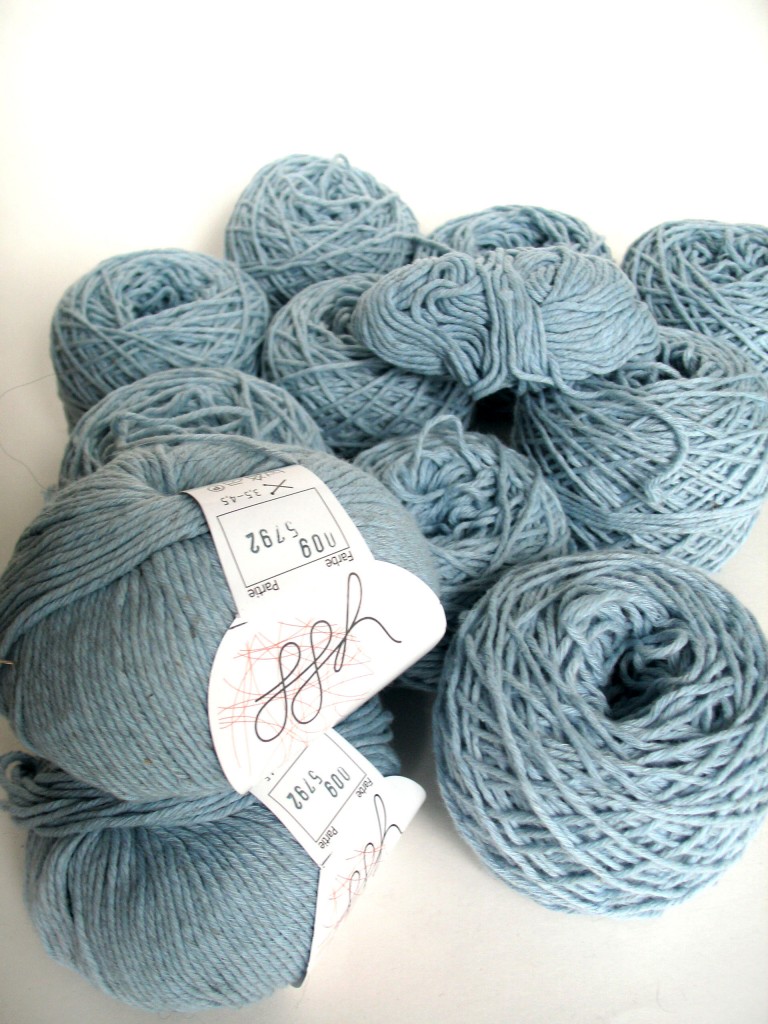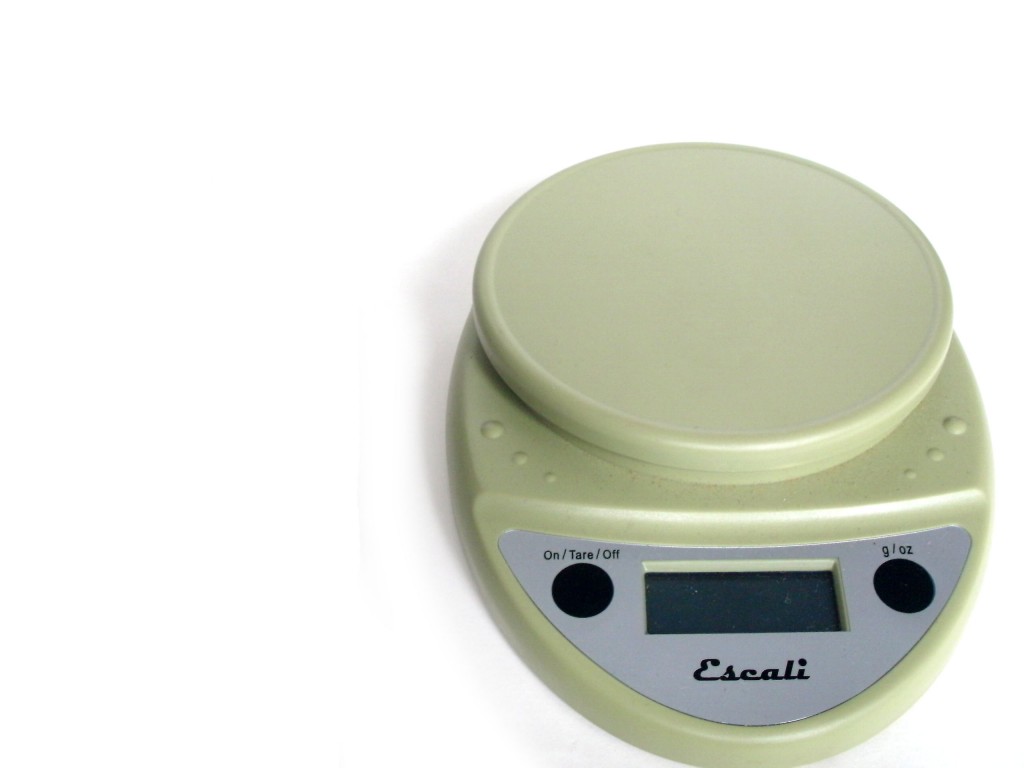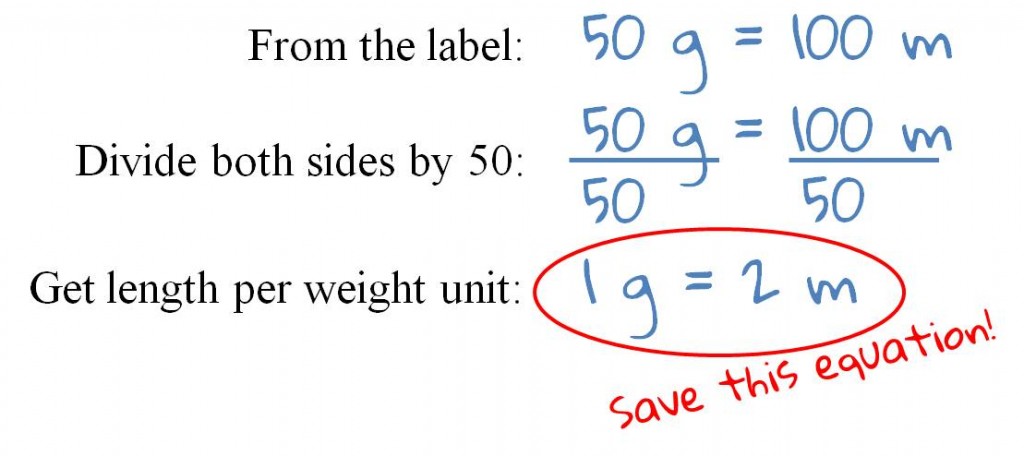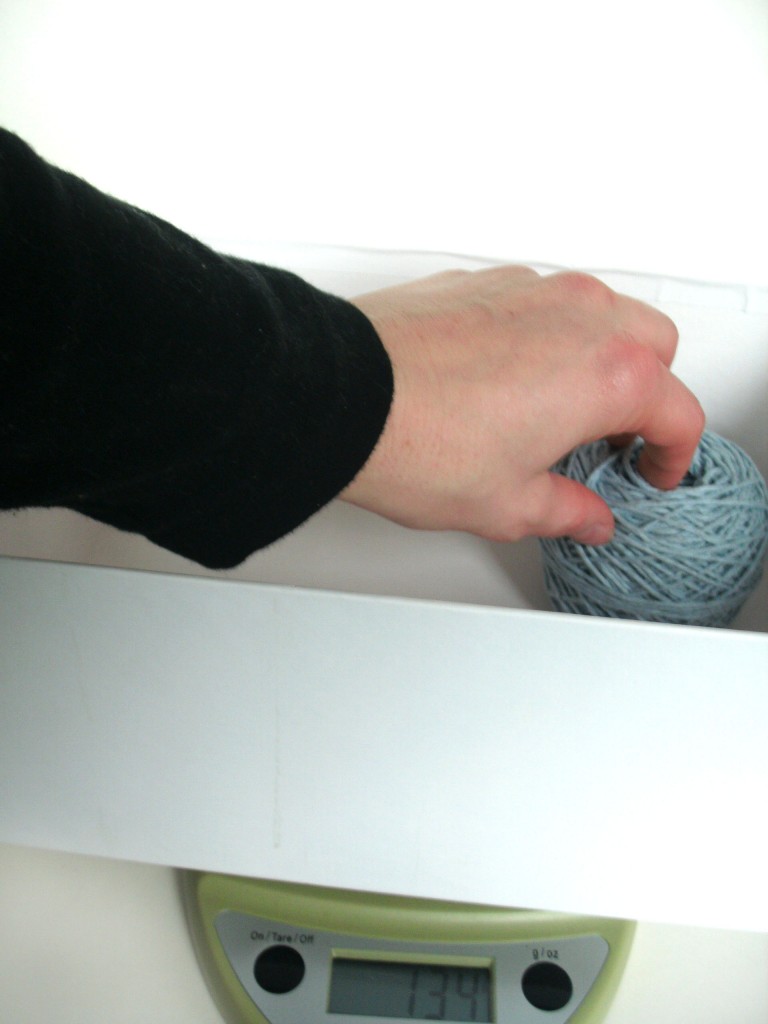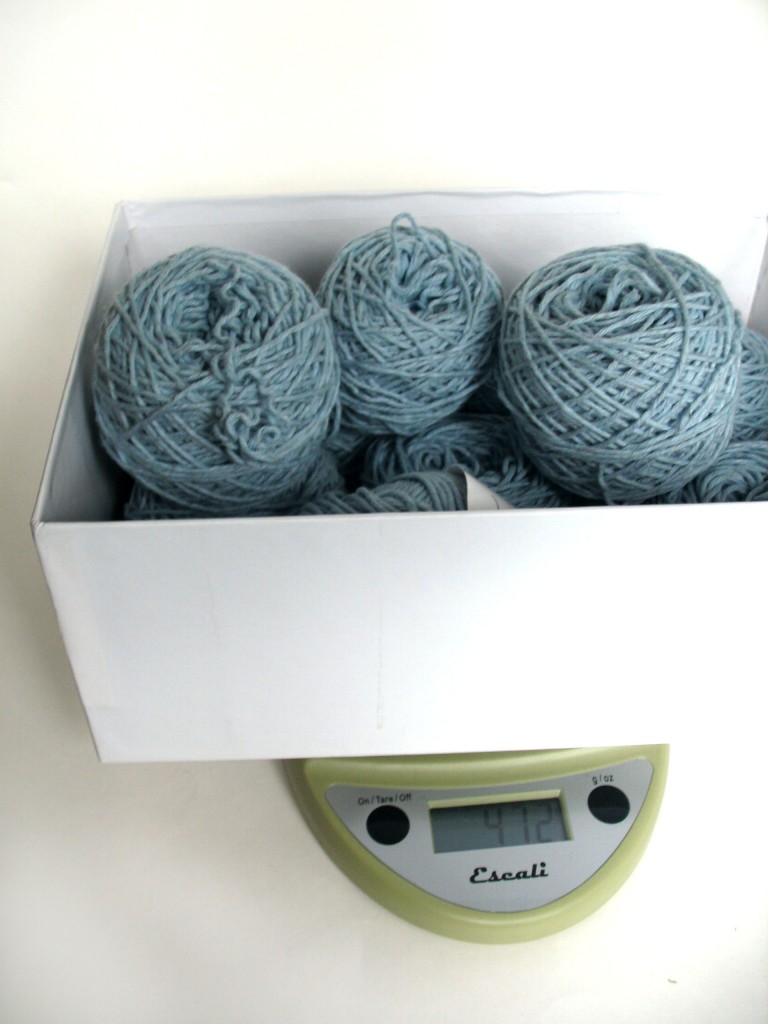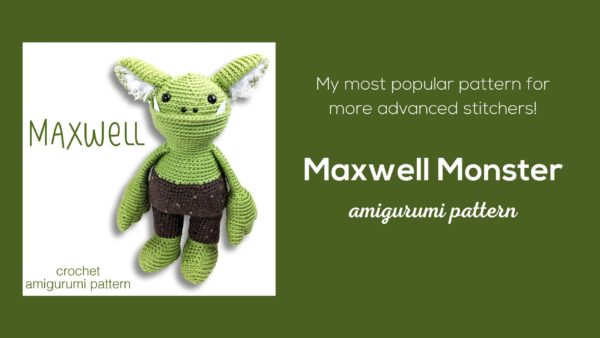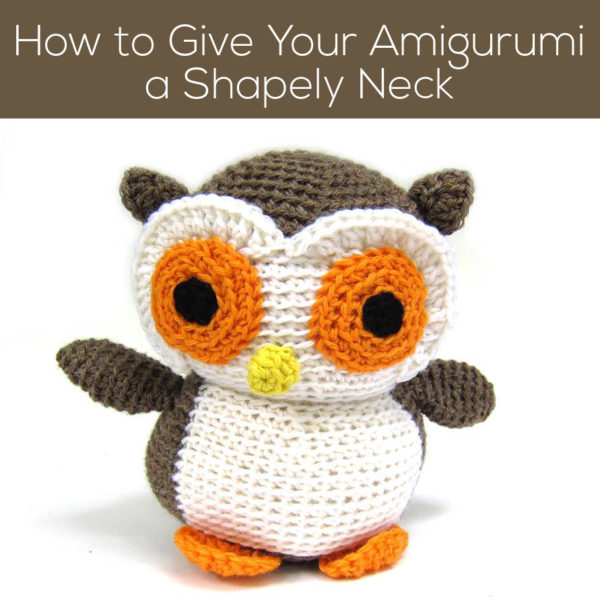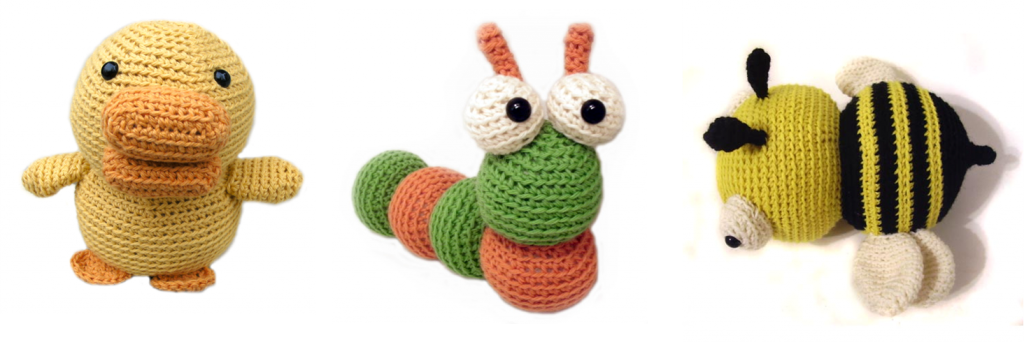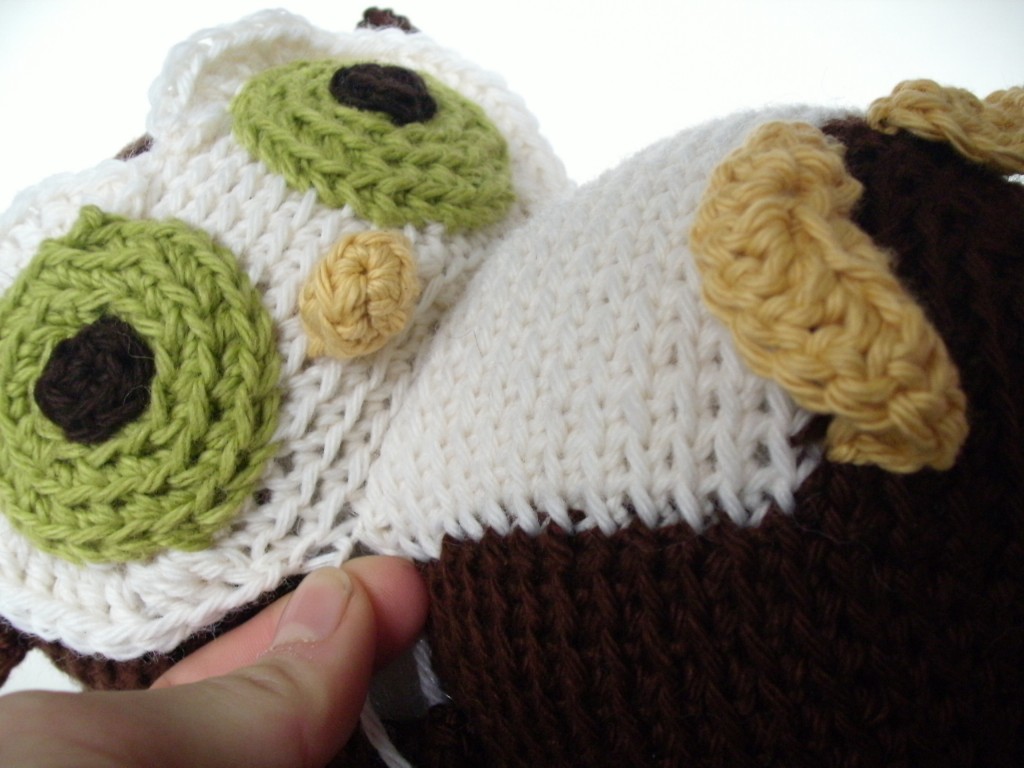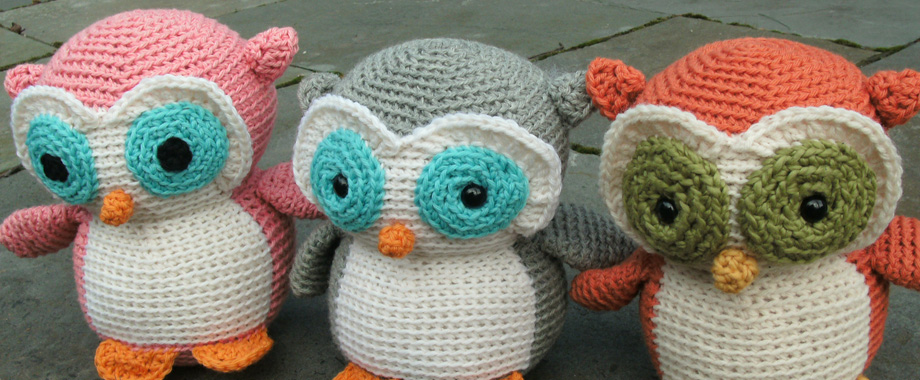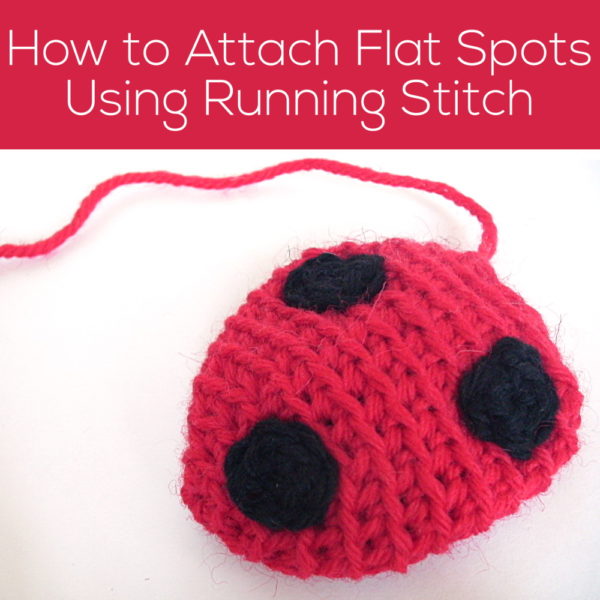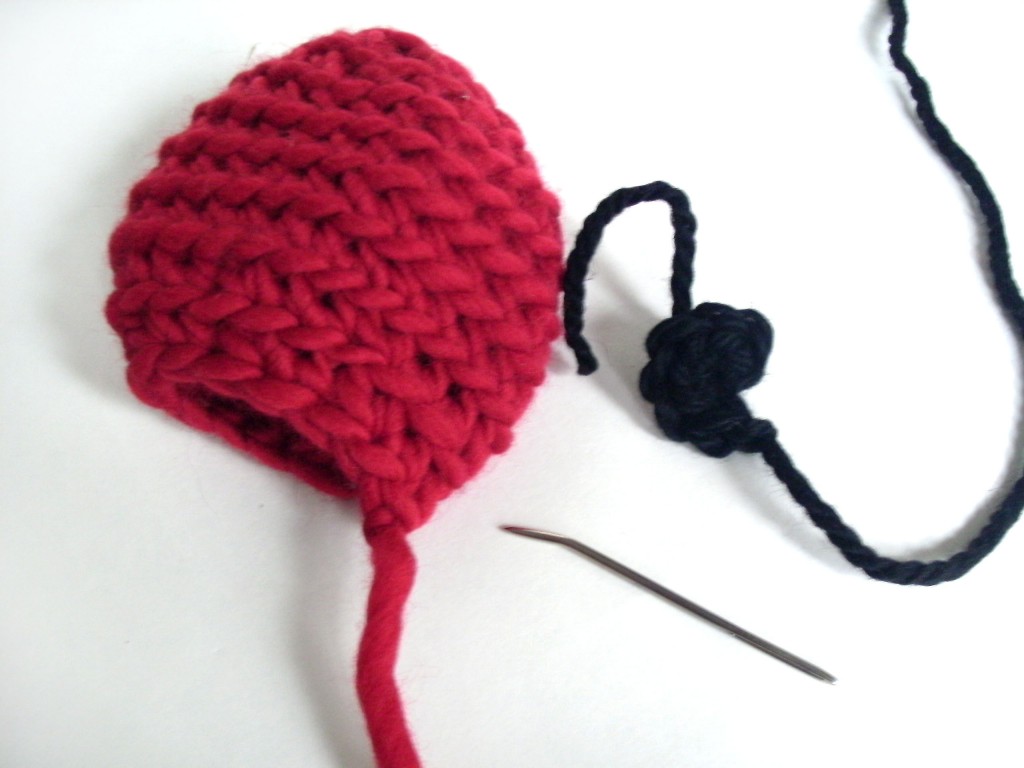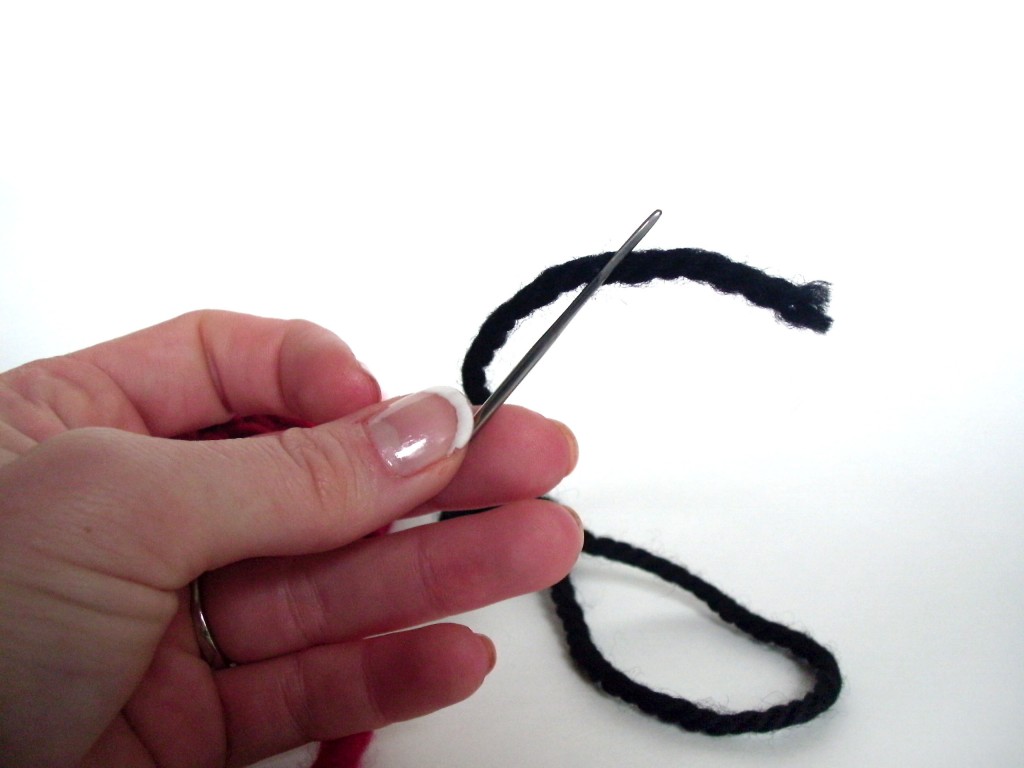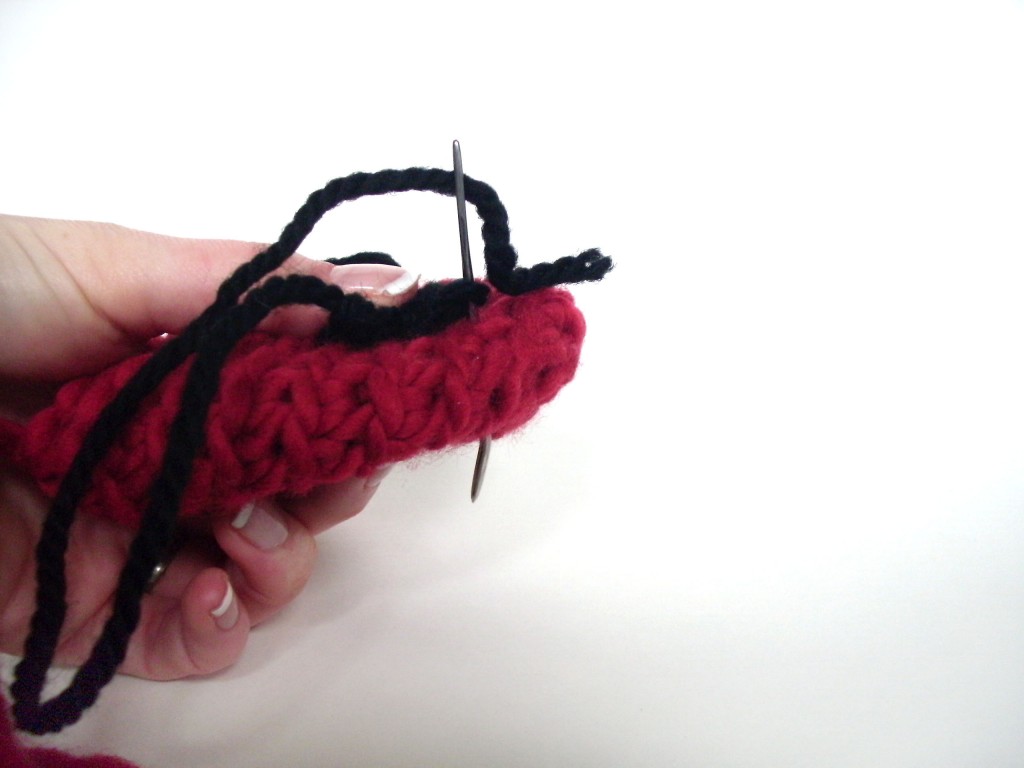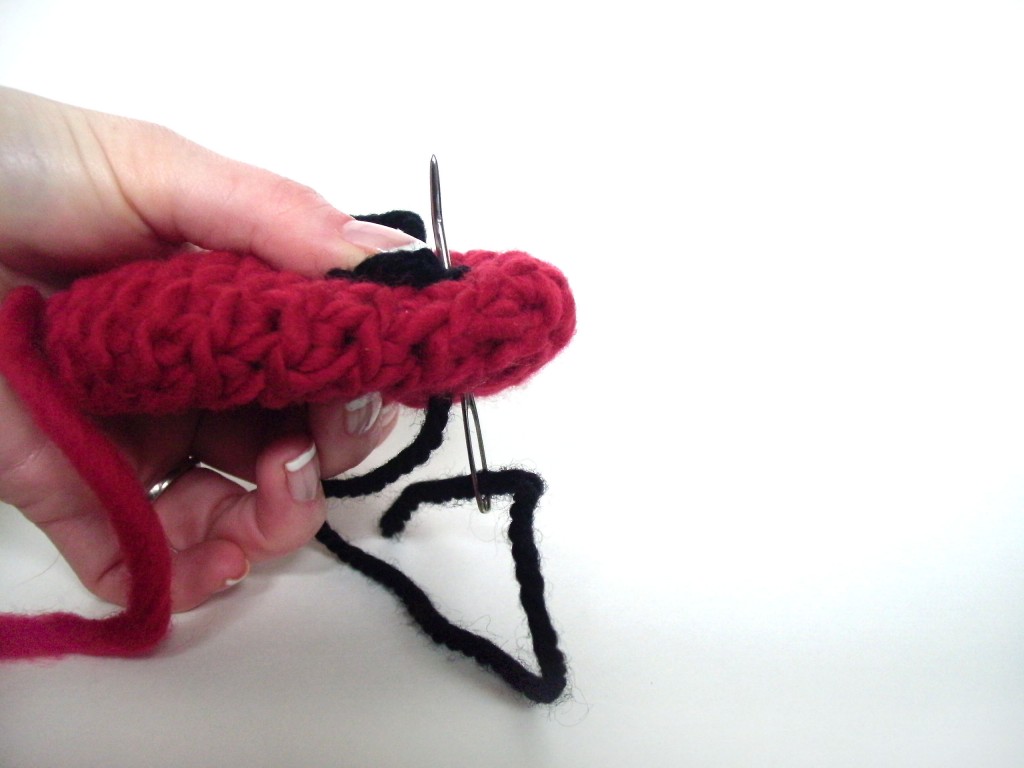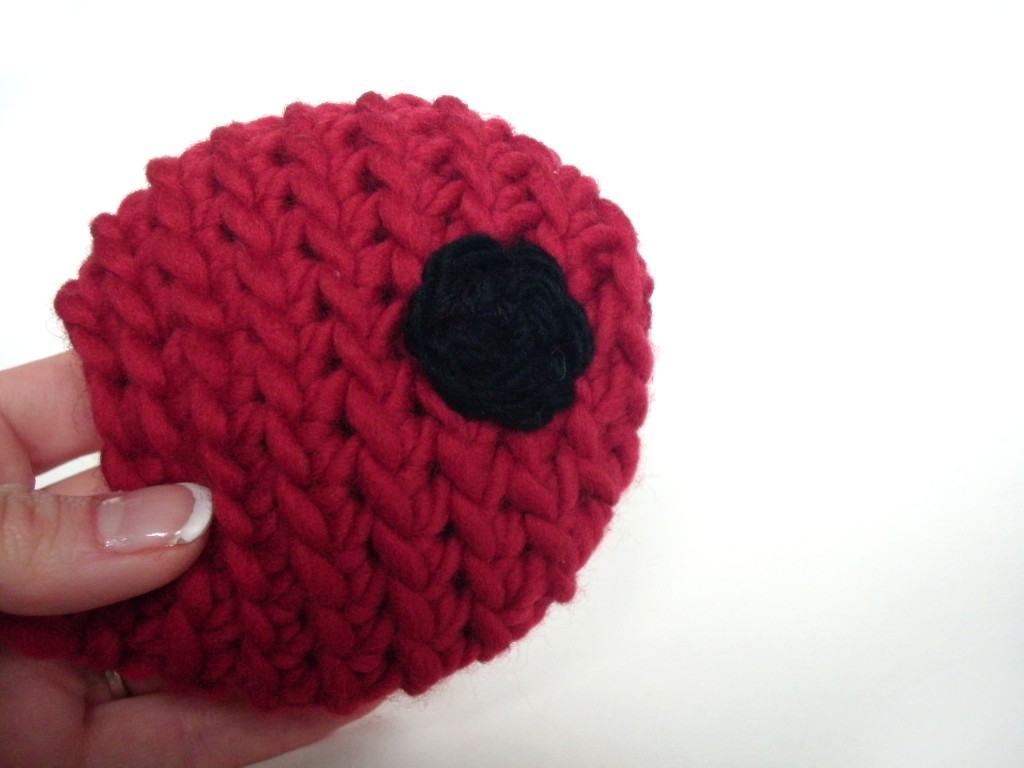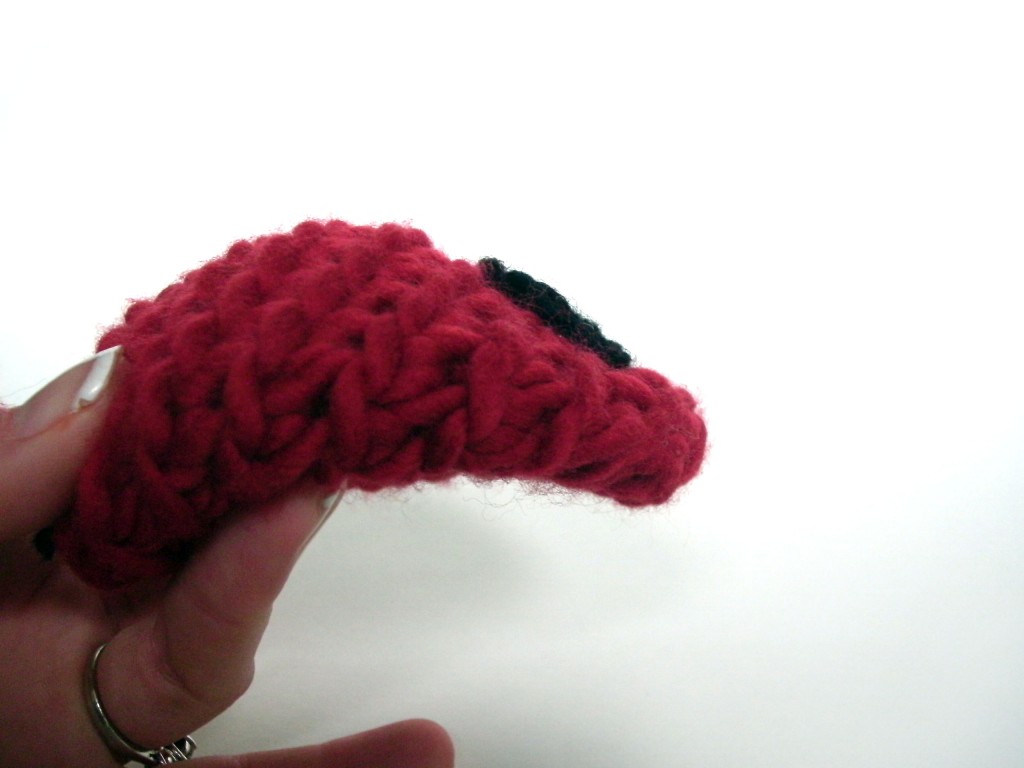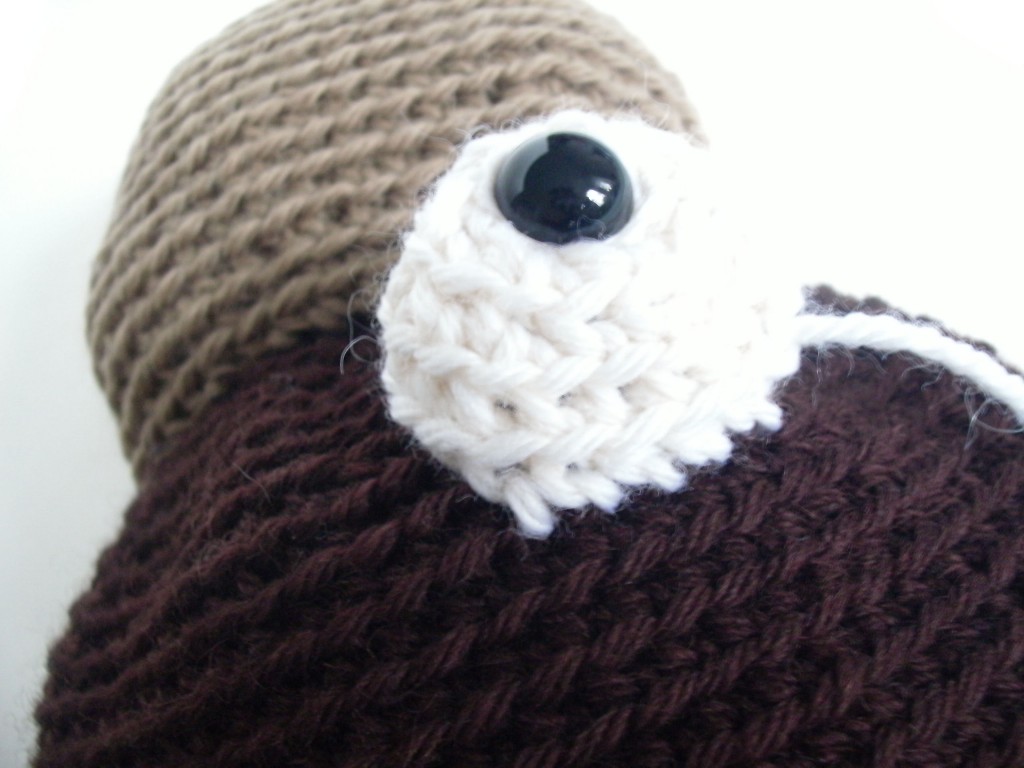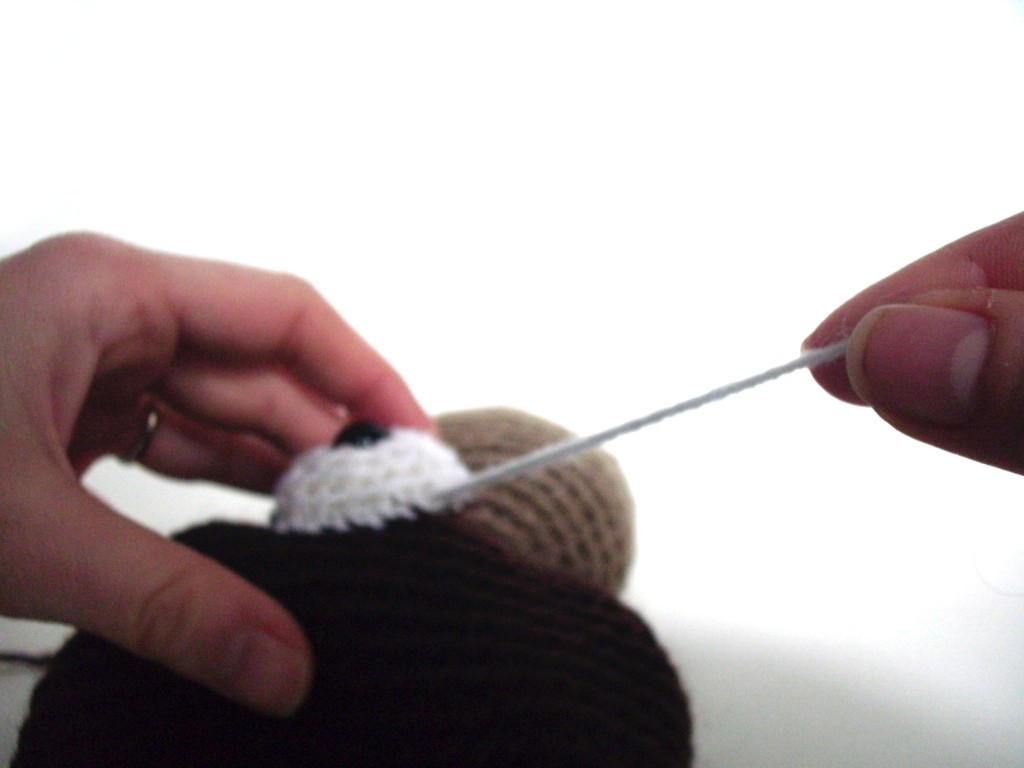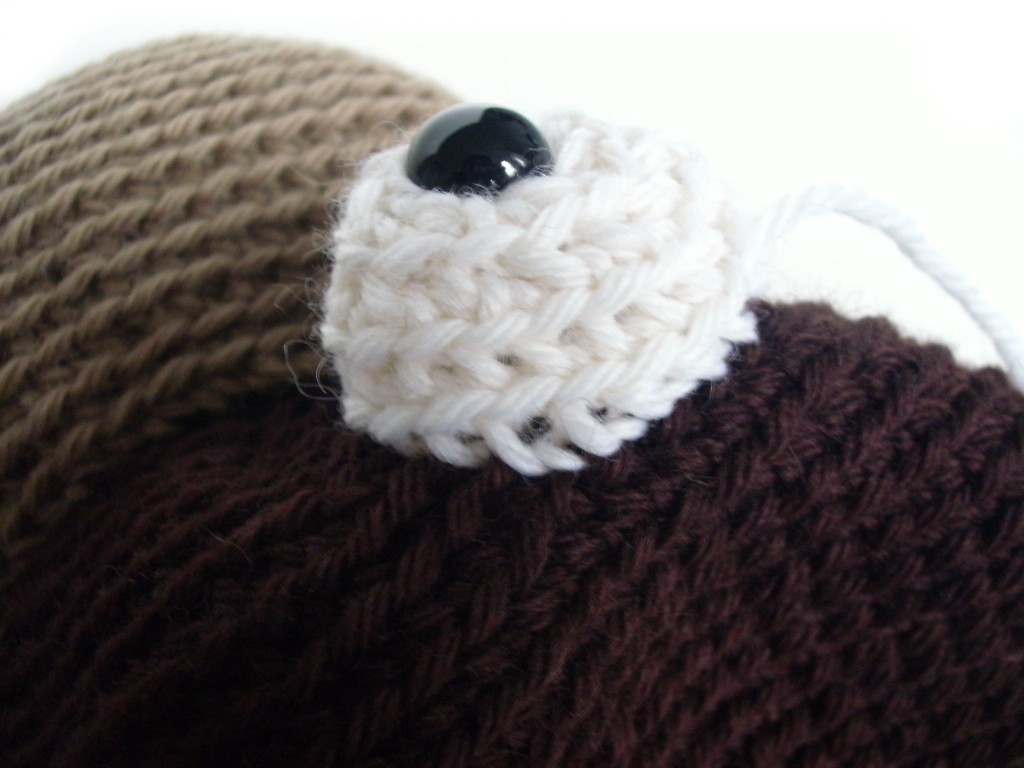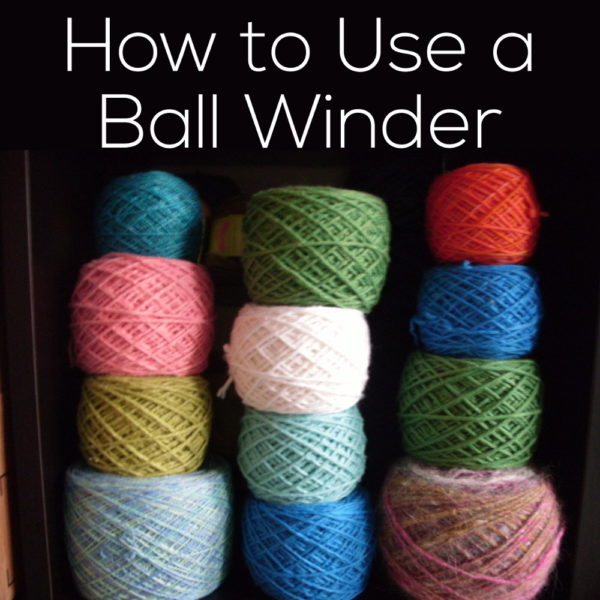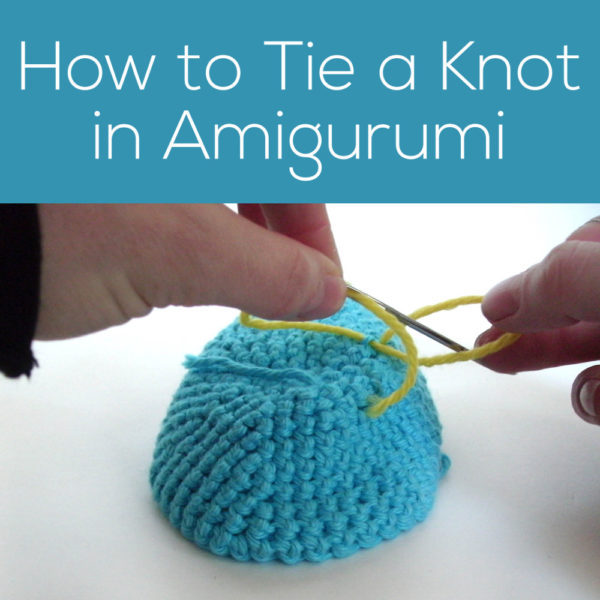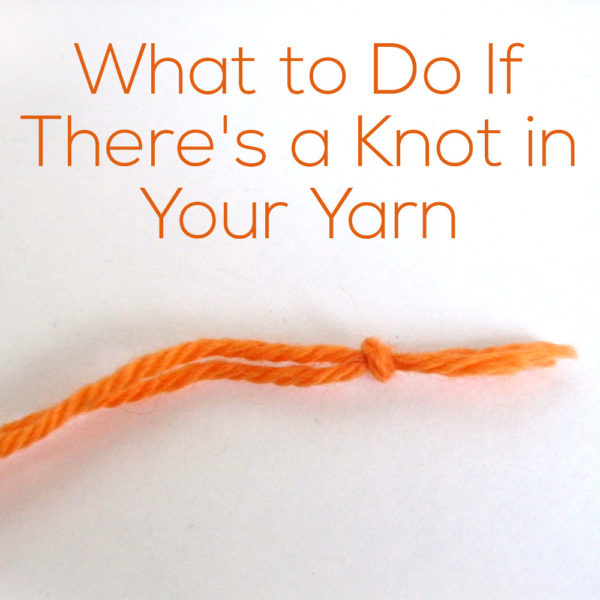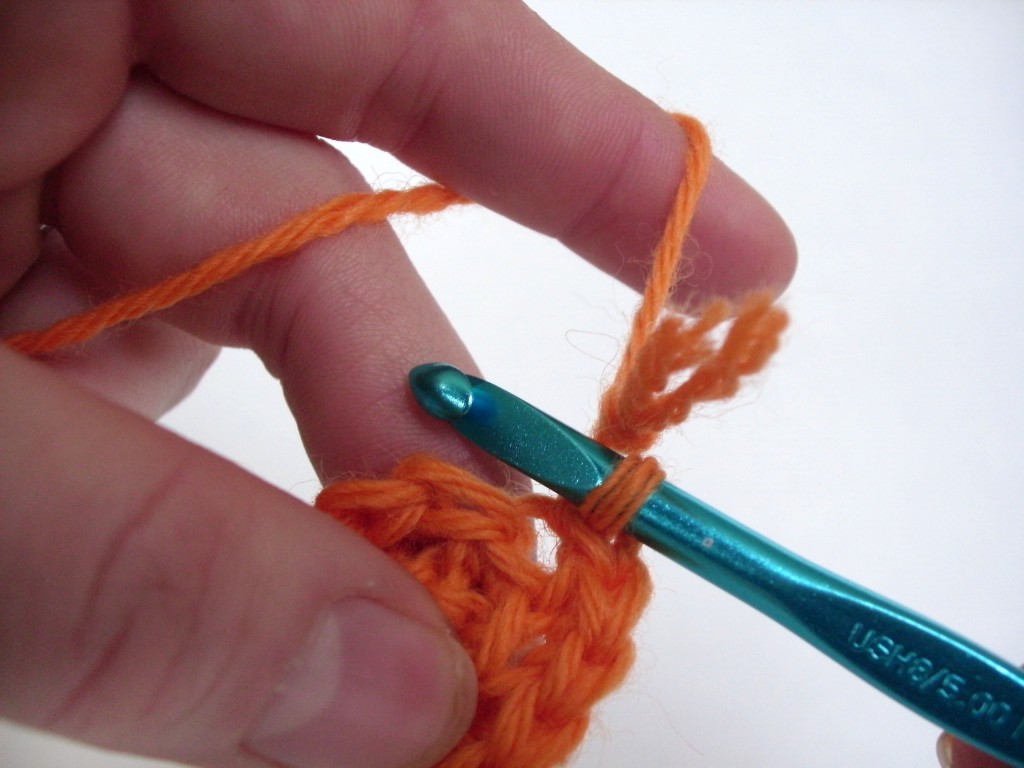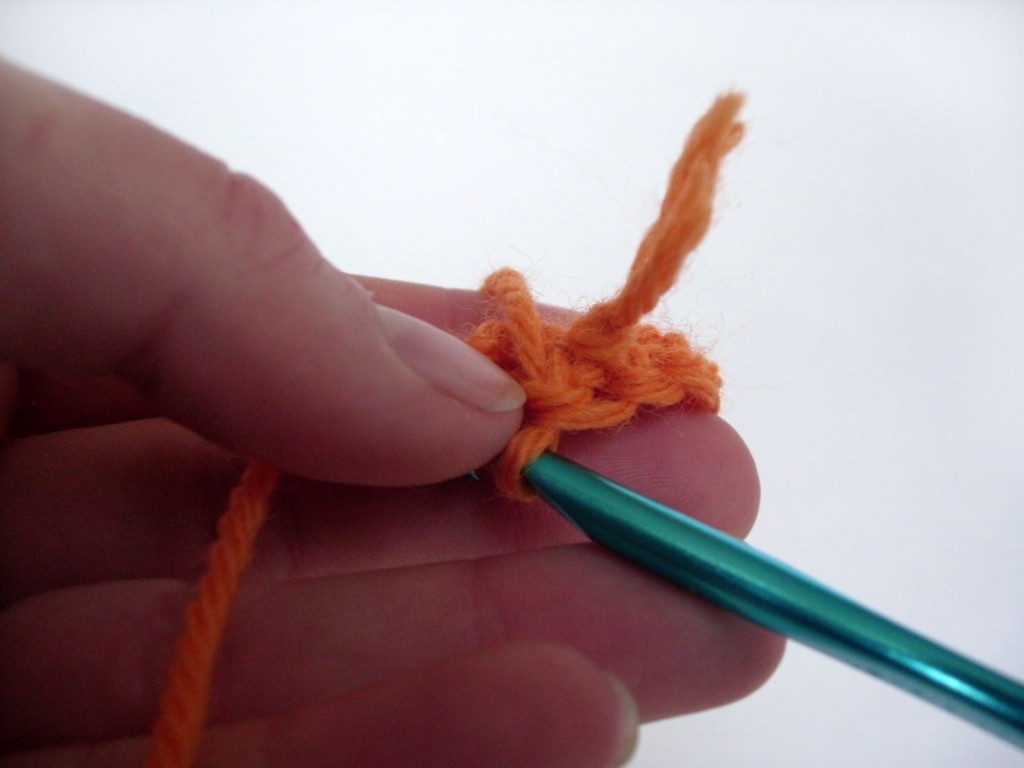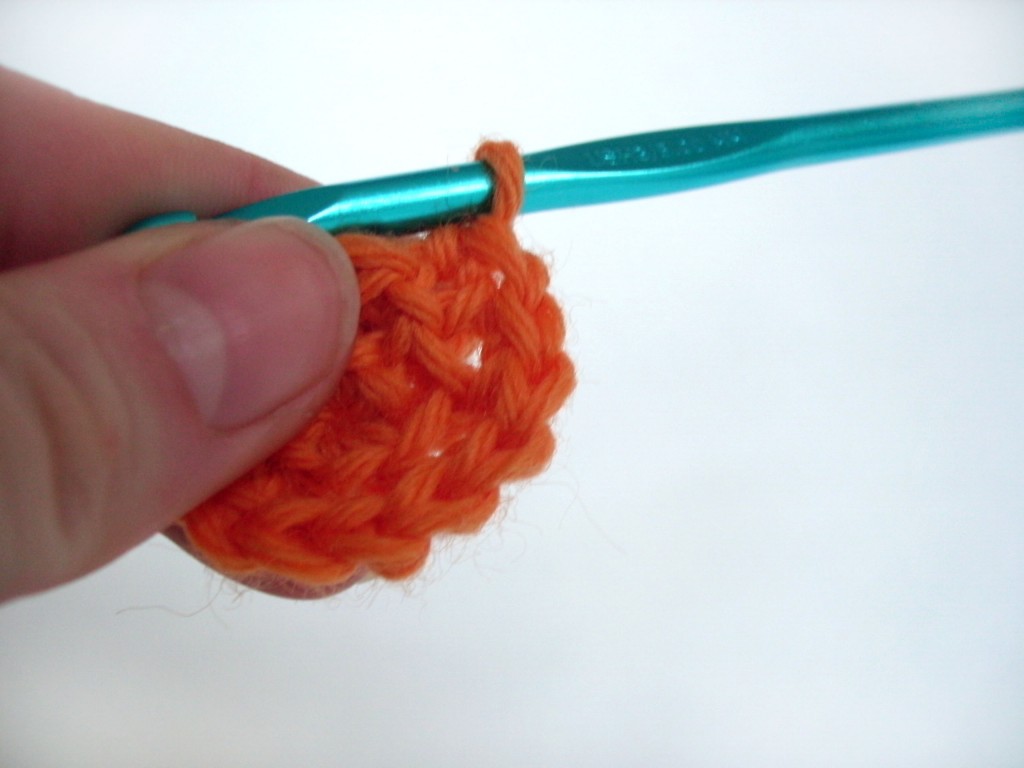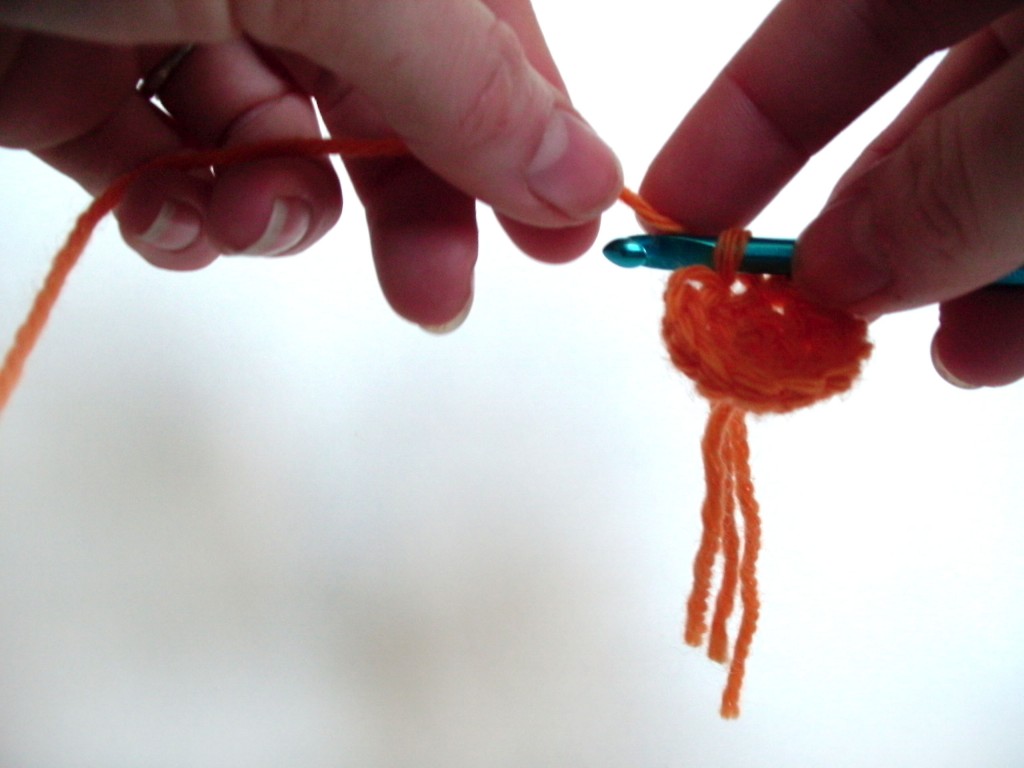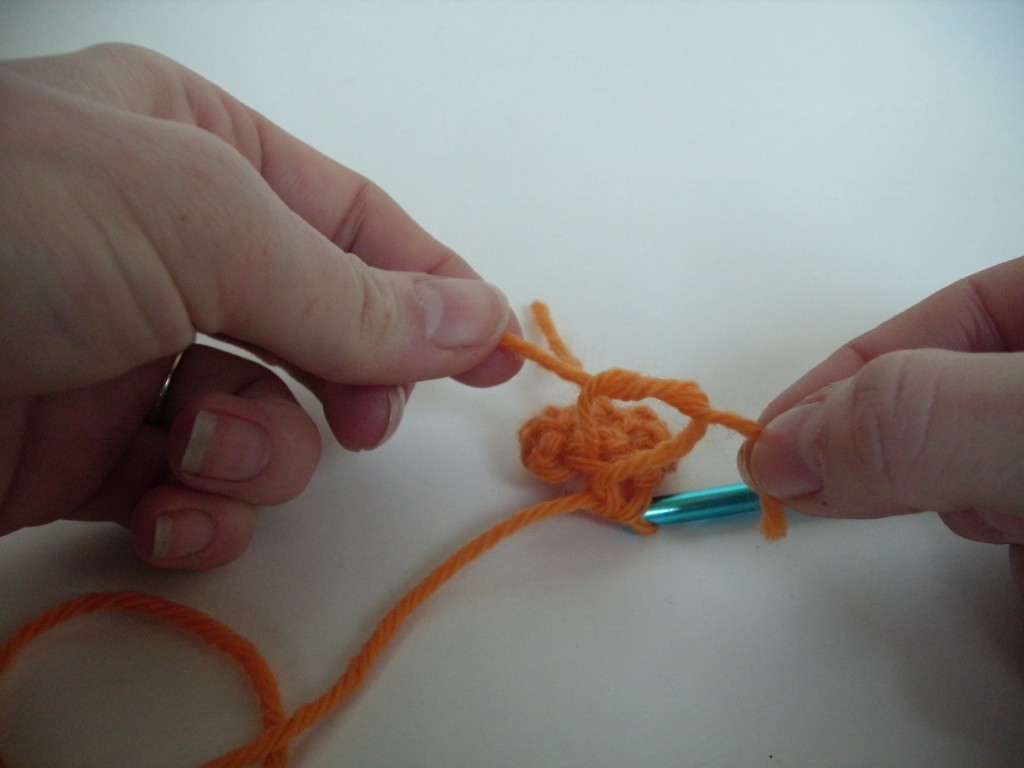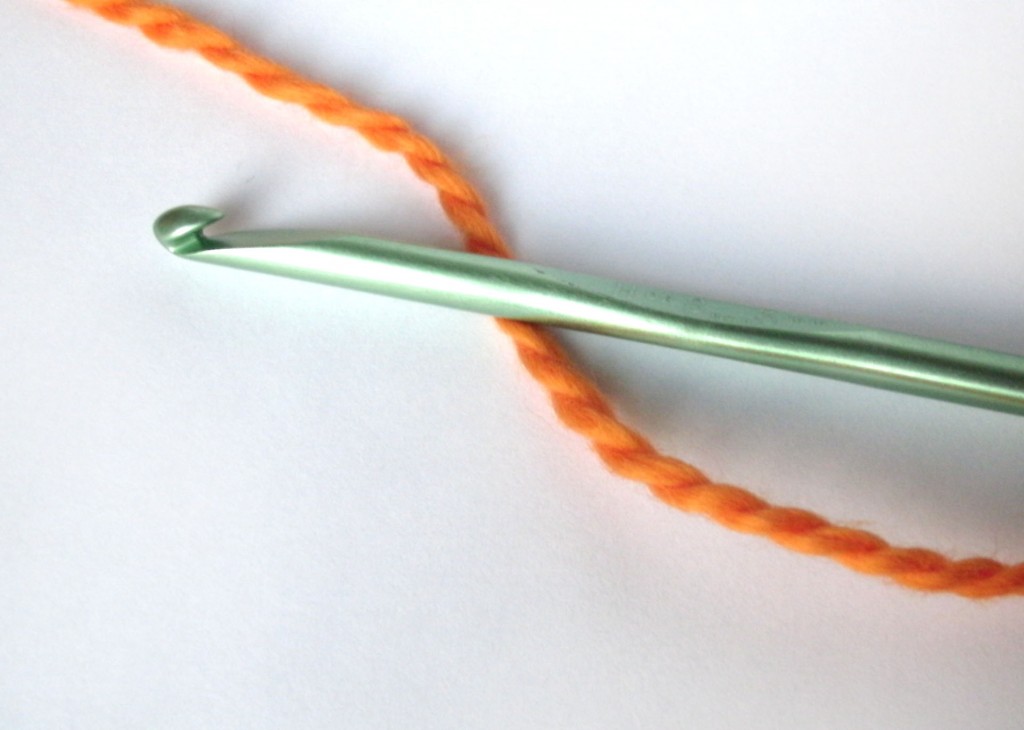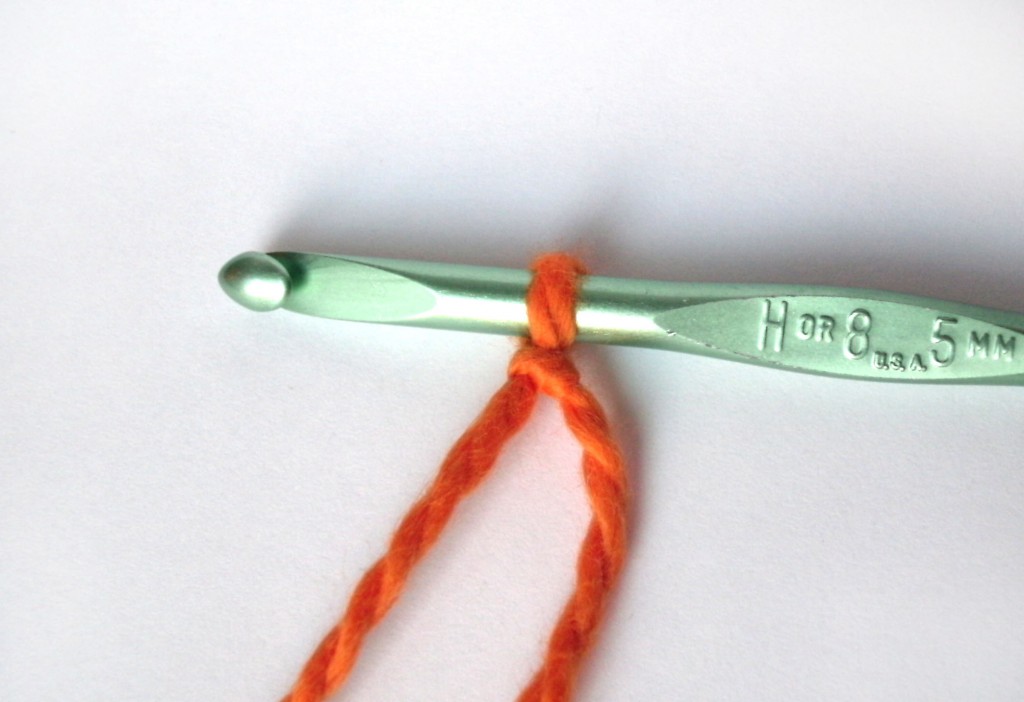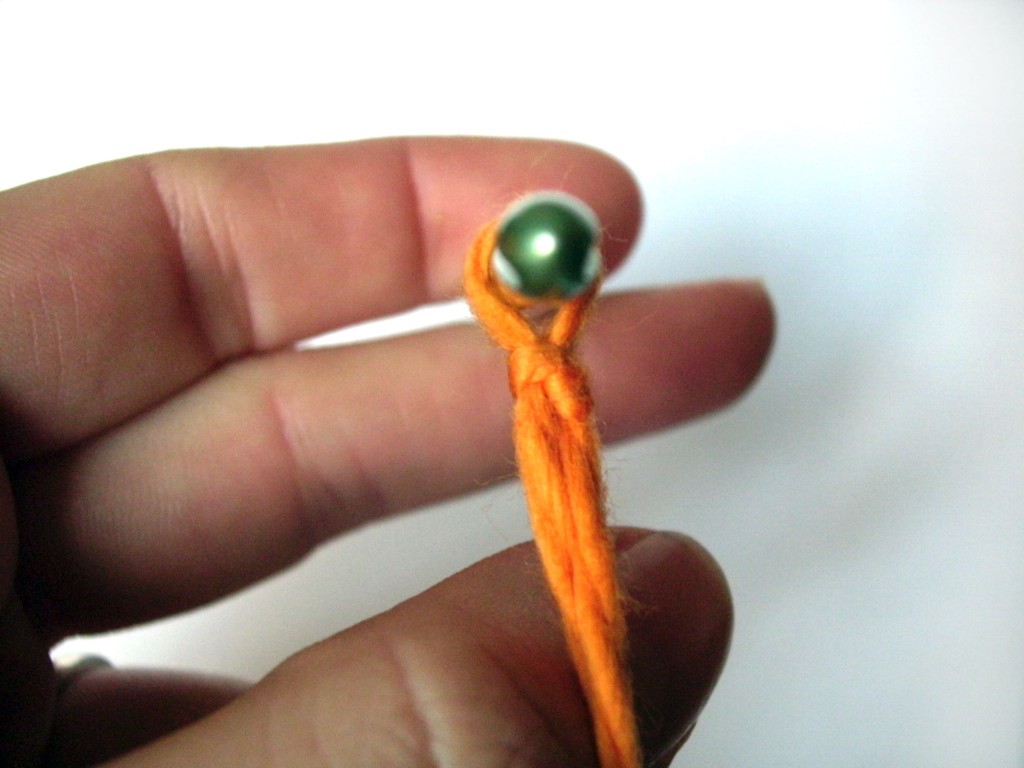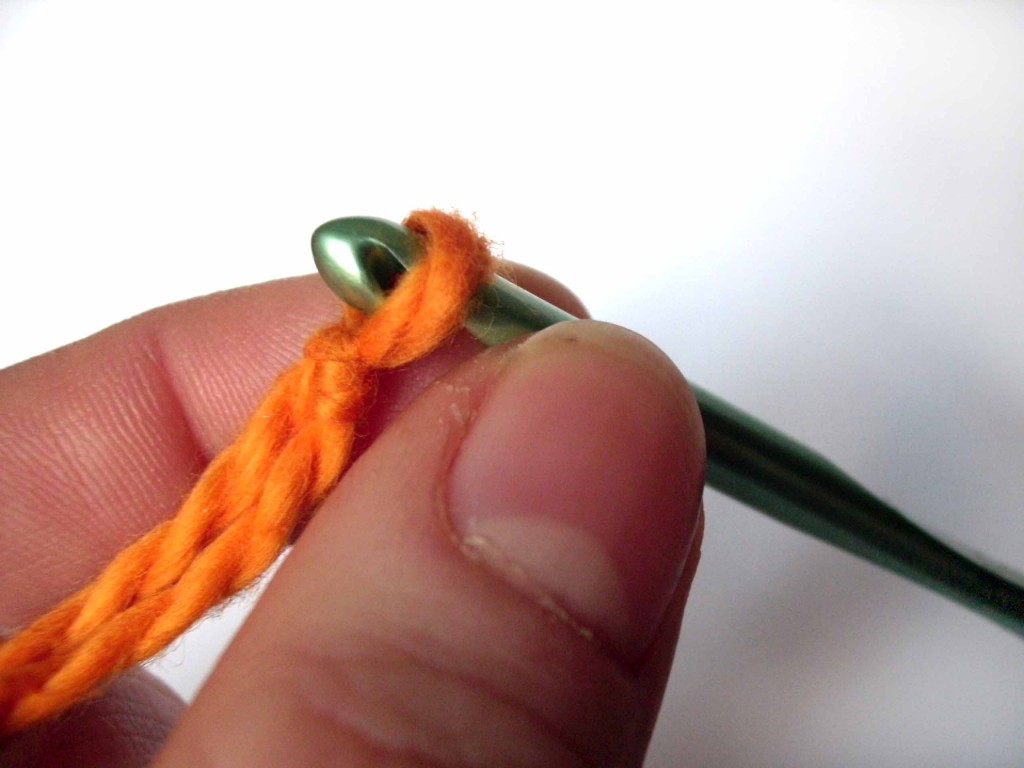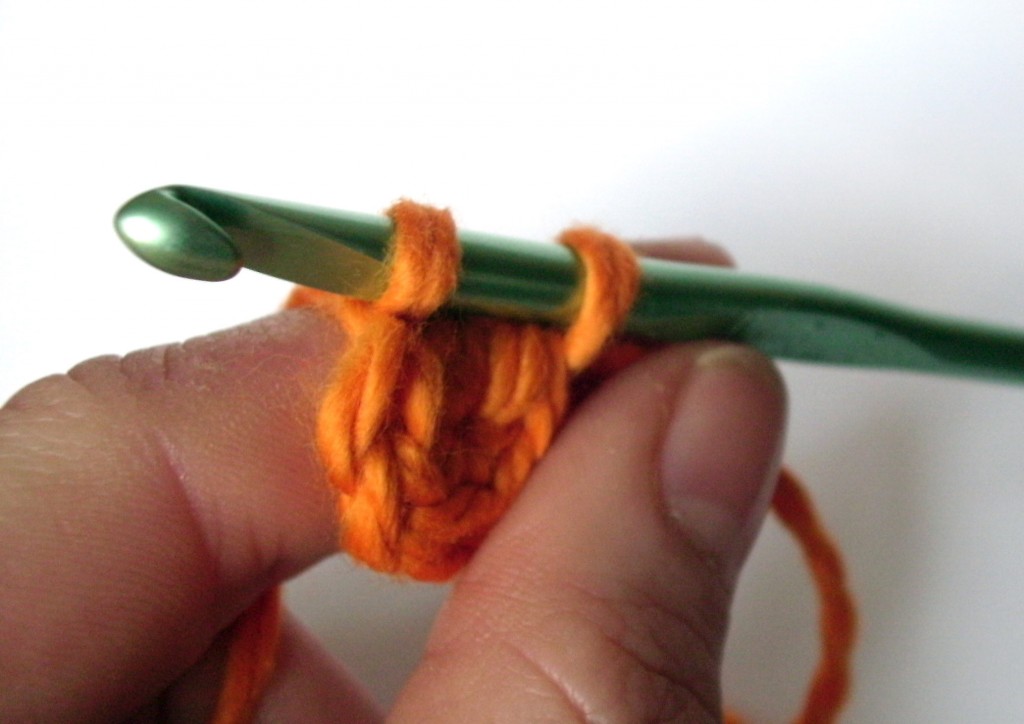Have you heard of the Knook (pronounced ‘nook’)? It’s a very clever hook/technique that allows you to form a fabric that looks like knitting by using a special crochet hook.

While it’s a very interesting idea, it requires learning new stitches (not crochet stitches or knit stitches), so isn’t exactly a short cut for learning to knit. I’ll show you know knooking is done, then chat about the pros and cons, so you can decide whether you’d want to learn to knook, or would rather just learn to knit.
How to knook
The knook is a crochet hook with an eye at the non-hook end (exactly like a locker hook, if you’re familiar with one) accompanied by a nylon cord. I haven’t seen knooks for sale alone in the store, so you’re probably best off grabbing The Knook Beginner Set, which comes with a variety of hooks, cords and a beginners book. Videos about how to knook are available on the Leisure Arts Website, and they’re pretty clear and easy to follow.
You begin knooking by threading the cord into the eye in the hook. The first row is done by crocheting a single chain, nothing tricky!
To Knook the first row, you insert your hook into the chain stitches and pick up your working yarn… similar to how you would work in Tunesian Crochet. Then, you slip all of your loops onto the cord:
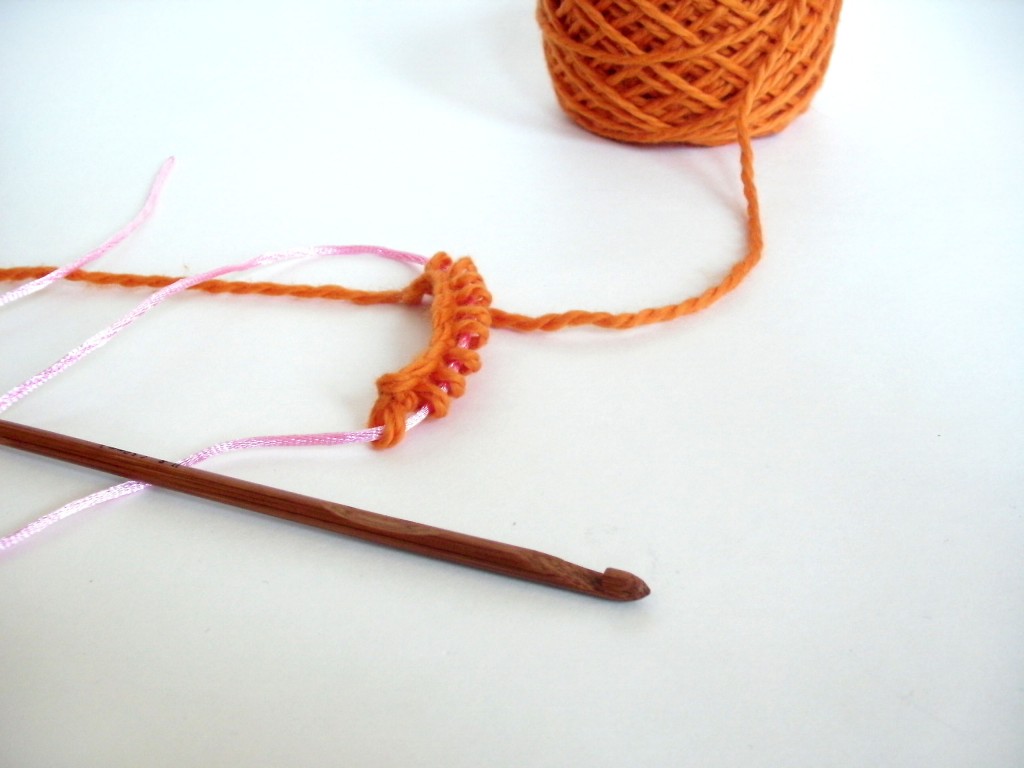
To continue, you use the hook to pick up a new row of stitches, inserting the hook into the loops that are now held on the cord. Whether you make knit or purl stitches depends on which way you wrap the yarn around the hook.

The fabric looks pretty impressively like a knit fabric!

The Advantages of Knooking
The advertisement is true: you can accomplish a fabric that looks like a knit fabric by using only the knook (crochet hook + cord). For crocheters, there are some big advantages:
- If you’re already familiar with using a crochet hook, the movements will feel very natural, most likely making the technique easier to learn.
- The first row is done by crocheting a chain, so there’s no need to learn a cast on.
- Stitches remain on the cord while you’re working, so there’s less danger of dropped stitches (but see my exception to this in the next section).
The Downsides to Knooking
There’s no doubt that it’s a clever tool, but there are some downsides to learning knooking, especially if your goal is to make knitted items that you’ll see in patterns:
- You need to learn how to wrap the yarn to knit and purl- these aren’t the same stitches that you already know from crochet.
- A fair amount of translation is required if you wanted to make an item from a knitted pattern. There are knooking books available, but you’d be limited to that small selection of patterns.
- The stitches are kept on a nylon cord with no method of securing the stitches. If you were to toss your knooking in a bag, you’ve have oodles of dropped stitches if the cord came out.
Is it worth it?
I’m going to start with an interesting statistic that I’ve gathered after years of teaching knitting and crochet. Knitters, when first learning crochet, typically do no better than the rest of the novice crocheters. (sorry, knitters!) However, crocheters, when learning to knit, typically learn much faster than newbie knitters!
Crocheters already know how to tension the yarn, hold things in their hands, and all they really need to learn (in order to knit) is how to pass a stitch from one needle to another. In my experience, with a good teacher and when learning to knit continental (i.e. holding the yarn in the left hand, which is how a crocheter holds it when crocheting), crocheters have a fairly easy time learning to knit.
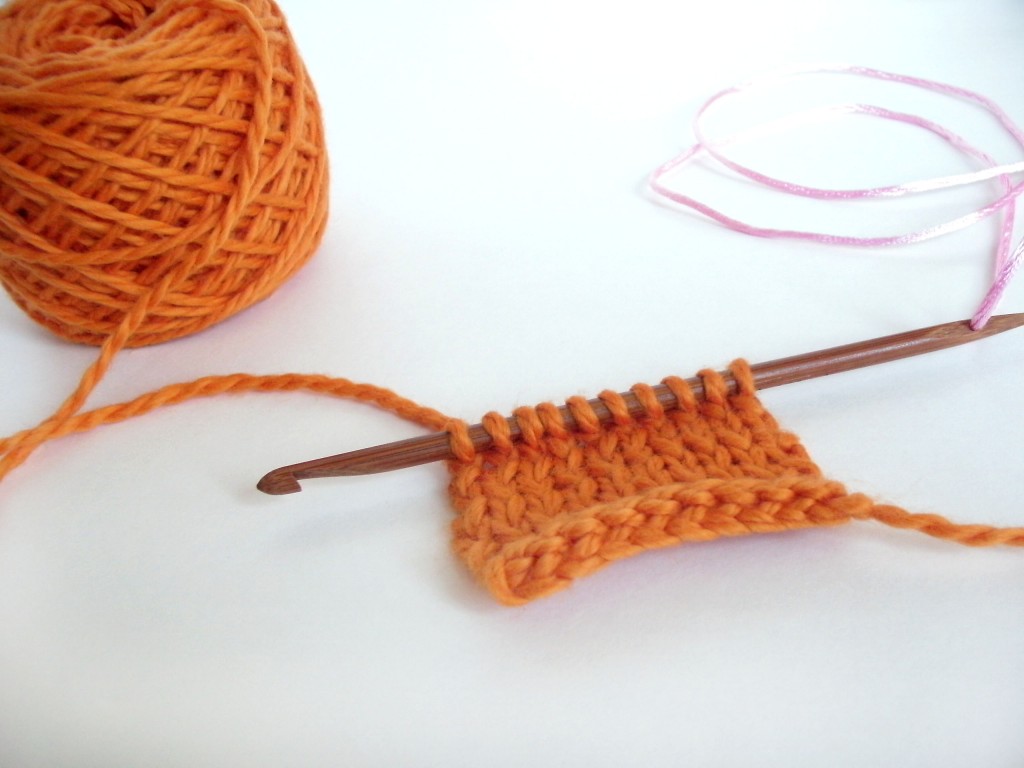
So, if you’re deciding whether to learn to knook, it’s important to think about your goals. Do you want to knit socks? Learn to knit. Do you want to knit sweaters? Learn to knit. Do you just love the look of knitted fabric and want to make small projects? Maybe knooking is for you.
One main factor is that the knook is a product manufactured by one company… so you only have one hook style available to you and a limited selection of pattern books. Both crocheting and knitting have available lots of different hooks/needles to suit your particular style, and patterns made my thousands of designers. In order to invest time in learning to knook, you’ll have to be sure that you’re happy being limited to the options available.
I have spoken with some people who love that the action uses a crochet hook, and much prefer knooking over learning to knit. Wonderful! I’m happy whenever someone finds what works for them!
But if you have a hankering to knit… I’d recommend giving knitting a try!
Best,
Stacey



